Archives
- 2025-12
- 2025-11
- 2025-10
- 2025-09
- 2025-04
- 2025-03
- 2025-02
- 2025-01
- 2024-12
- 2024-11
- 2024-10
- 2024-09
- 2024-08
- 2024-07
- 2024-06
- 2024-05
- 2024-04
- 2024-03
- 2024-02
- 2024-01
- 2023-12
- 2023-11
- 2023-10
- 2023-09
- 2023-08
- 2023-06
- 2023-05
- 2023-04
- 2023-03
- 2023-02
- 2023-01
- 2022-12
- 2022-11
- 2022-10
- 2022-09
- 2022-08
- 2022-07
- 2022-06
- 2022-05
- 2022-04
- 2022-03
- 2022-02
- 2022-01
- 2021-12
- 2021-11
- 2021-10
- 2021-09
- 2021-08
- 2021-07
- 2021-06
- 2021-05
- 2021-04
- 2021-03
- 2021-02
- 2021-01
- 2020-12
- 2020-11
- 2020-10
- 2020-09
- 2020-08
- 2020-07
- 2020-06
- 2020-05
- 2020-04
- 2020-03
- 2020-02
- 2020-01
- 2019-12
- 2019-11
- 2019-10
- 2019-09
- 2019-08
- 2019-07
- 2018-07
-
br Conclusion br Conflicts of interest br
2024-07-20
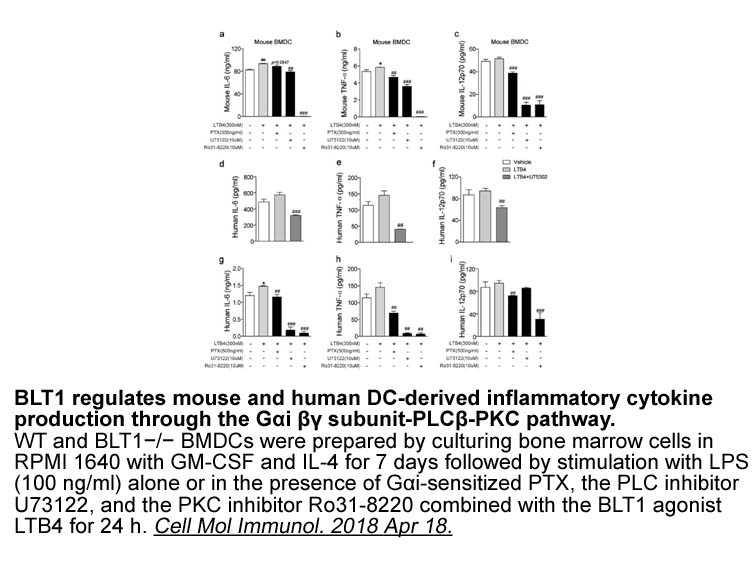
Conclusion Conflicts of interest Compliance with ethical standards Introduction Tuberculosis is one of the leading causes of morbidity and mortality, amongst infectious diseases. India is a high burden country for Tuberculosis. Caused by Mycobacterium tuberculosis, it Agarose GPG/ME can
-
During the course of our ACK inhibitor program a
2024-07-20
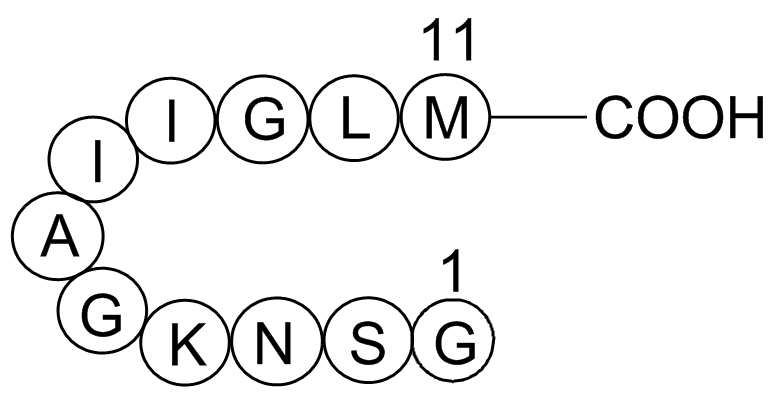
During the course of our ACK1 inhibitor program, a high-throughput screening (HTS) campaign of our internal sample collection was conducted. A series of -aryl pyrimidine-5-carboxamides of the general structure () was identified. Earlier studies of the structure–activity relationship (SAR) of ident
-
all trans retinal br Introduction Fungi are an inexhaustible
2024-07-20
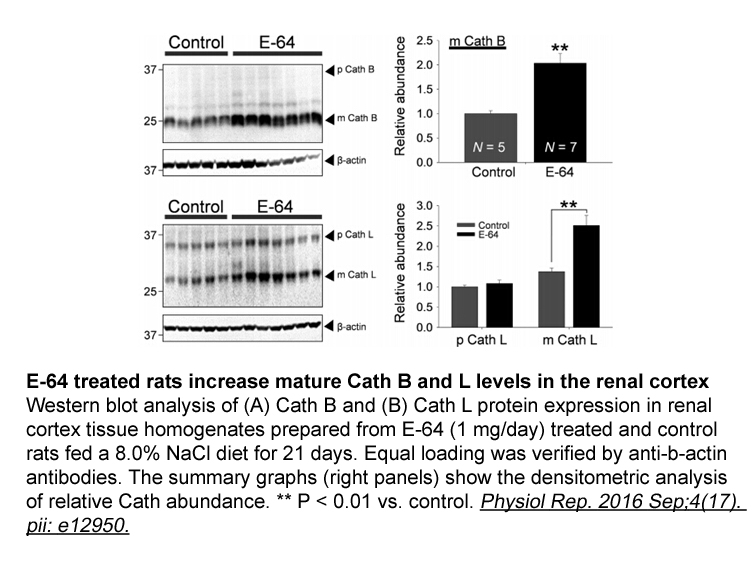
Introduction Fungi are an inexhaustible source of natural products mainly due to their wide distribution in the nature, estimated to range from 1.5 to 5.1 million species in the world [1]. Secondary metabolites from fungi represent a substantial fraction of drugs and drug models in pharmaceutical
-
It has been known that LOX is
2024-07-20
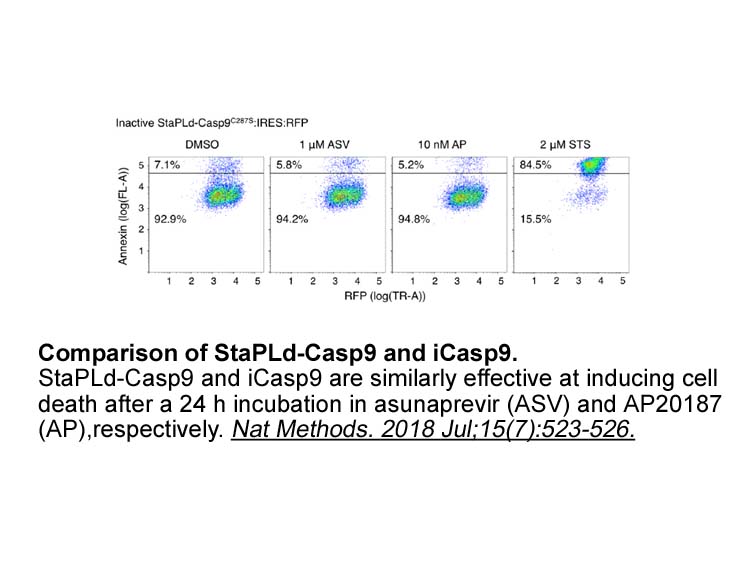
It has been known that 5-LOX is the rate-limiting enzyme for the products of LTs, and LTs actively participate in the activation of neutrophils [10]. In our study, we determined whether 5-LOX was upregulated in pancreatic tissues during ANP. Moreover, we investigated whether the inhibition of expres
-
Several dehidropregnenolone derivatives functionalized at C
2024-07-20
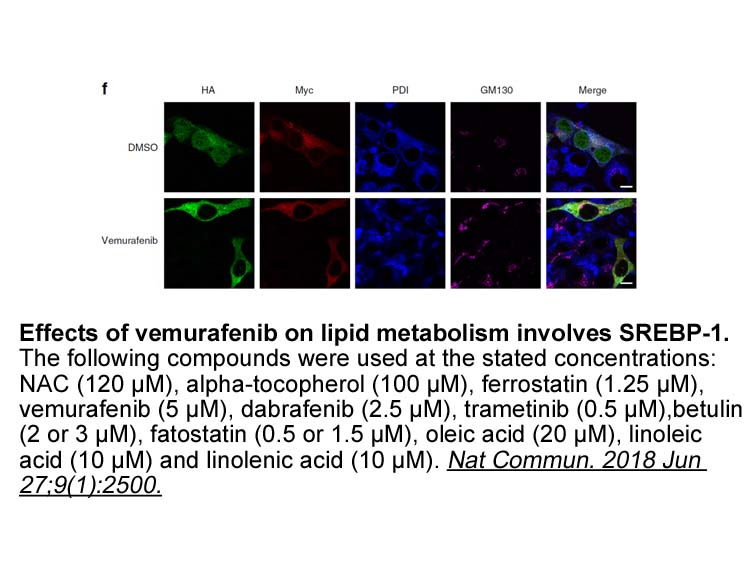
Several 16-dehidropregnenolone derivatives functionalized at C3, C4, C5 and C6 (Fig. 7) were prepared and evaluated as 5α-reductase inhibitors bearing in mind that after the formation of an enzyme-steroid complex a nucleophilic portion of the enzyme attacks the double bond of the steroid through Mic
-
Along with the improvement of
2024-07-20
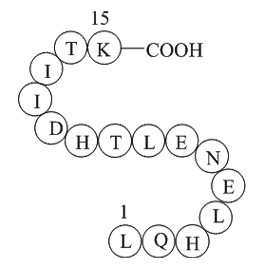
Along with the improvement of the cadmium transport from roots to aerial tissues, as is required for phytoremediation, over-expression of PtoHMA5 also led to the excessive accumulation of cadmium in leaves that was harmful to plant growth and physiological performance. Thus, detoxification of the he
-
Recent findings imply that proper
2024-07-20
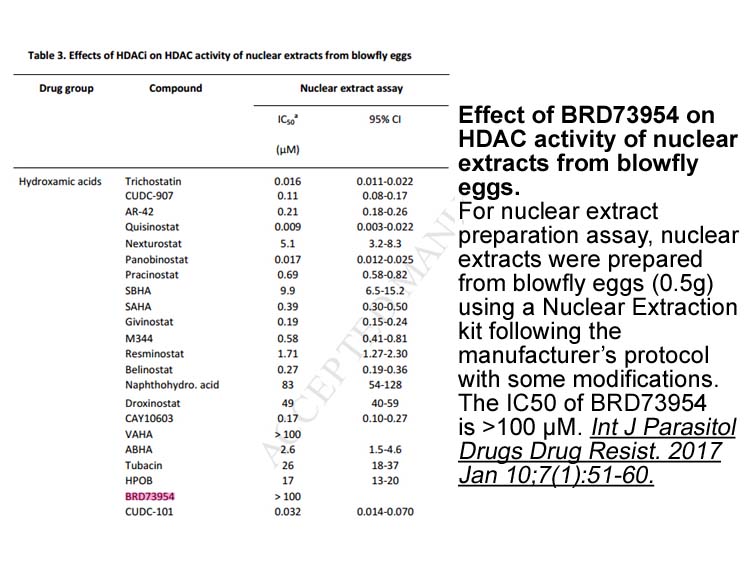
Recent findings imply, that proper Na+/K+-ATPase function is crucial for unimpaired development of the vertebrate heart. Targeted knockout of Na+/K+-ATPase α1 in mice led to early embryonic lethality whereas heterozygous knockout mice displayed severe hypocontractile hearts [52]. Pharmacological inh
-
In the current study we showed that known
2024-07-20
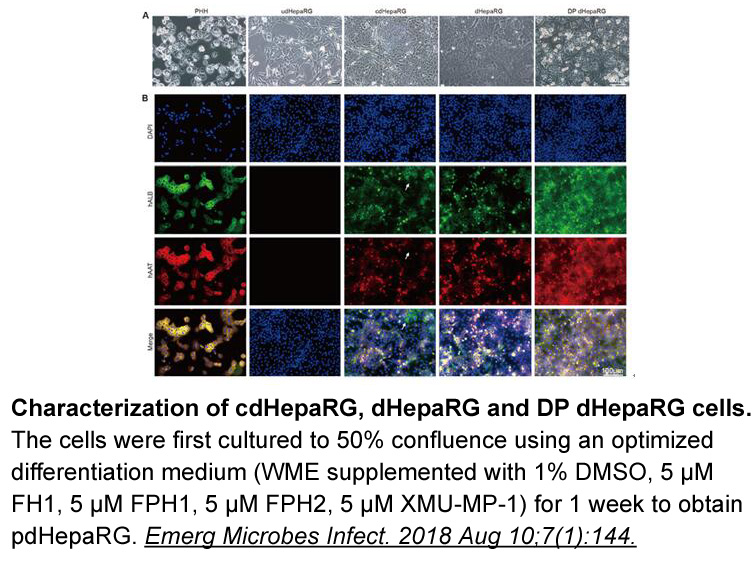
In the current study, we showed that known inhibitors of the F-ATPase and ionophores affect the growth of P. gingivalis and its plasma membrane ATPase, suggesting that the membrane ATPase can be a target for anti-periodontitis agents. We also identified stilbenoids that strongly inhibit the growth o
-
It has also been reported that defects in ATM or
2024-07-20
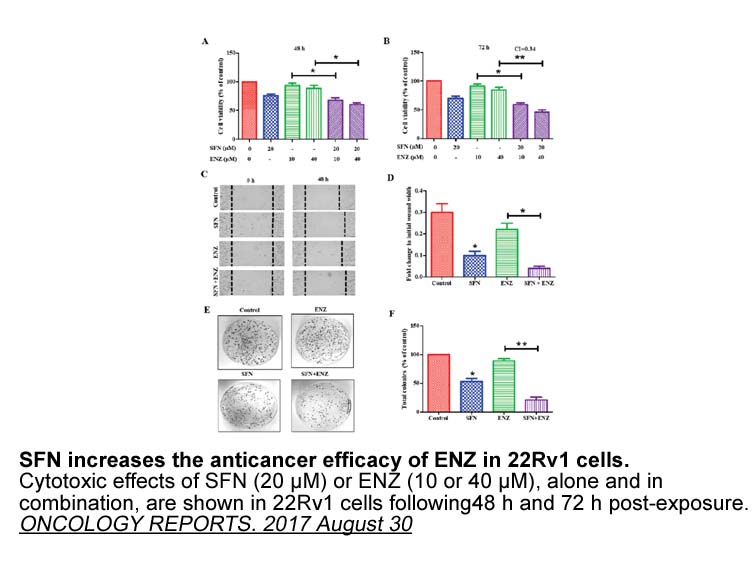
It has also been reported that defects in ATM or ATR signalling are synthetically lethal with PARP inhibition (Turner et al., 2008, Peasland et al., 2011, Yap et al., 2011, Michels et al., 2014), suggesting that combined inhibition of PARP and ATM or ATR may be an effective therapeutic strategy. In
-
The neural circuitry involved in the production
2024-07-20
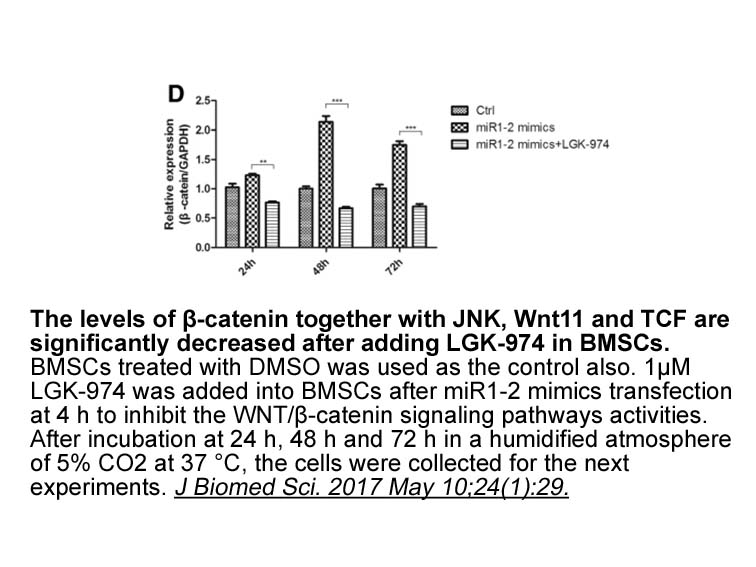
The neural circuitry involved in the production of the EOD, its modulations, and in the sensory processing of communication signals has been well characterized (Bell and Maler, 2005; Chacron et al., 2011; Krahe and Maler, 2014; reviewed in Metzner, 1999). Pacemaker cells located in the pacemaker nuc
-
Overall the expression of both components ligand
2024-07-20
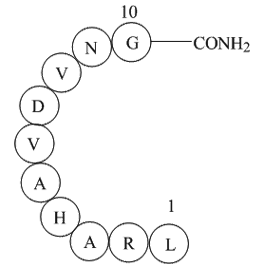
Overall, the expression of both components (ligand and receptor) of the apelin signaling system allows for analysis of the direct role of apelin in CL function, and specifically P4 production. Although the CL secretes many different hormones, P4 is of predominant importance because it is necessary f
-
Several MAP kinases are involved in the
2024-07-20

Several MAP kinases are involved in the signal transduction pathways that lead to the upregulations of inflammatory mediators. Moreover, transcriptional activations of STATs are regulated by MAP kinases, as evidenced by reports that p38 MAPK is necessary for the S727 phosphorylation of STATs (Kovari
-
Gemcitabine HCl Furthermore to address the concern that the
2024-07-19
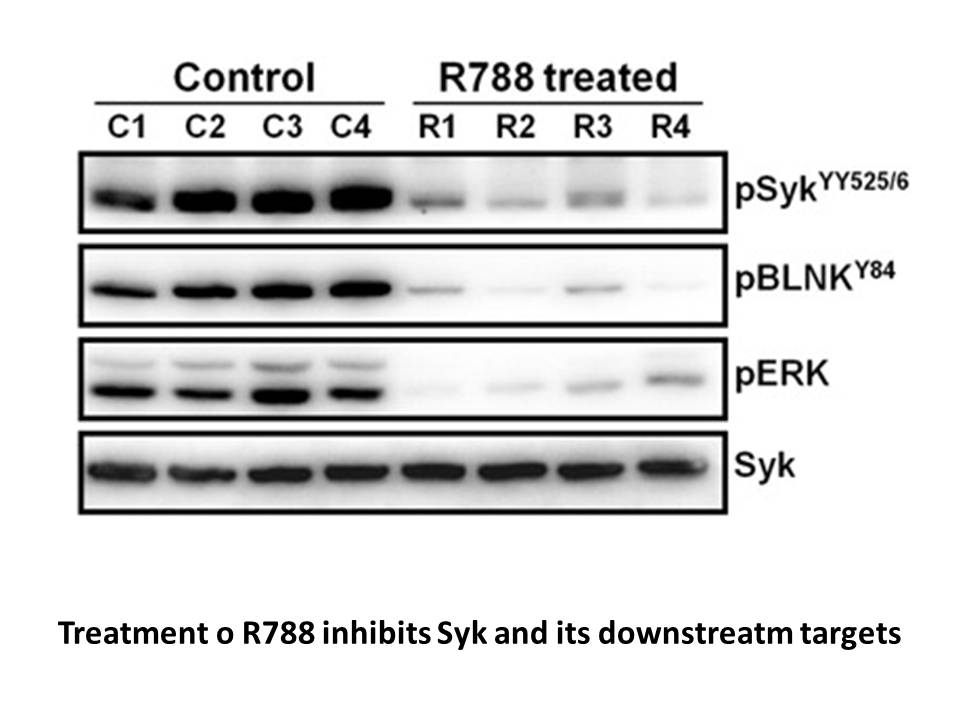
Furthermore, to address the concern that the observed positive in vitro activity results might be stymied by the propensity of such assays to display false positives due to the inherent noxiousness of the tested compounds, all analogs were evaluated against Vero cells in an MTT assay. Some of the mo
-
br Funding br Introduction Plants absorb both inorganic
2024-07-19
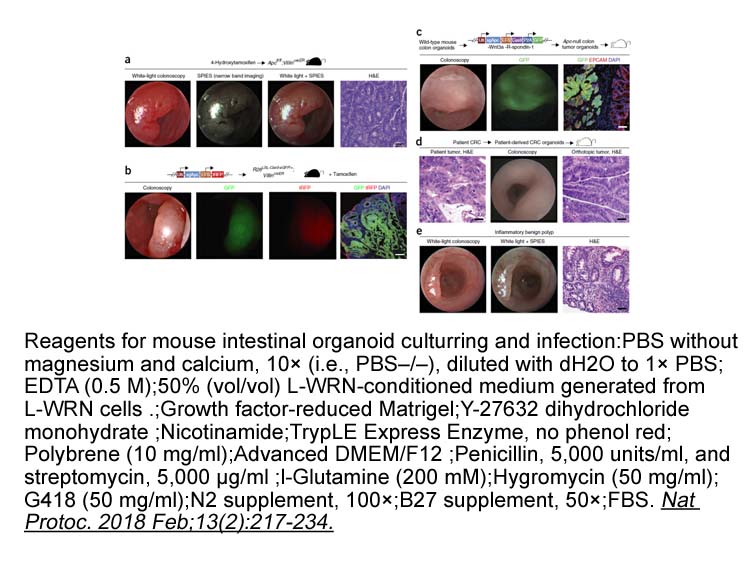
Funding Introduction Plants absorb both inorganic nitrogen (ammonium and nitrate) and organic nitrogen (amino acids and peptides) from the soil [1]. The first organic nitrogenous molecule produced from inorganic nitrogen is Gln, whose terminal amino group is successively transferred to make Gl
-
mtor inhibitor br Introduction Diabetes mellitus DM is a chr
2024-07-19
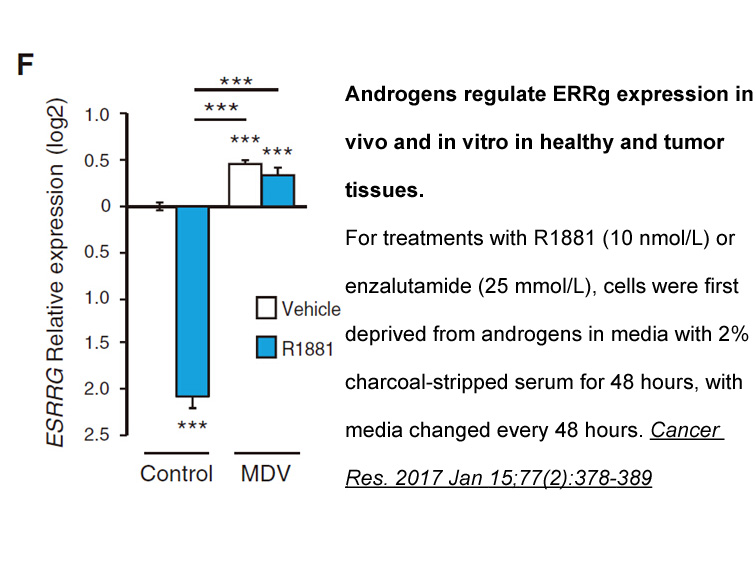
Introduction Diabetes mellitus (DM) is a chronic metabolic disorder characterized by elevated levels of glucose in the blood. Type 1 diabetes is characterized by insufficient insulin production and needs a daily administration of insulin. Actually, no prevention is known for Type 1 diabetes. Type
14833 records 124/989 page Previous Next First page 上5页 121122123124125 下5页 Last page